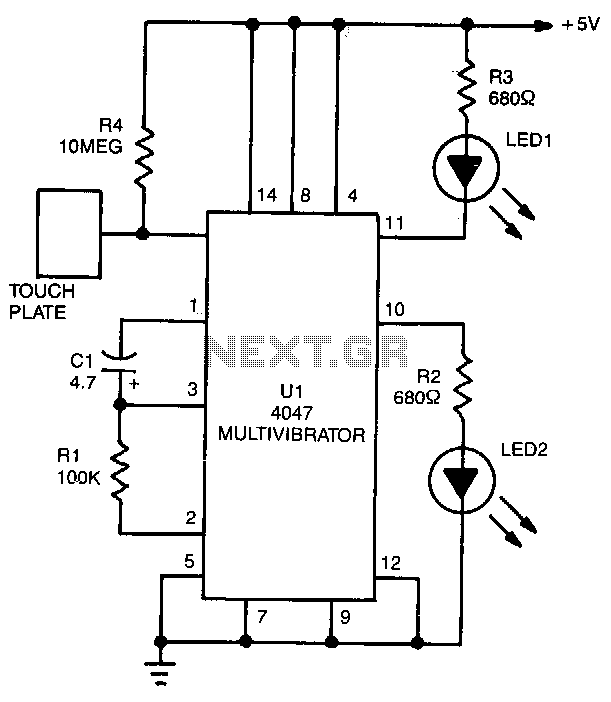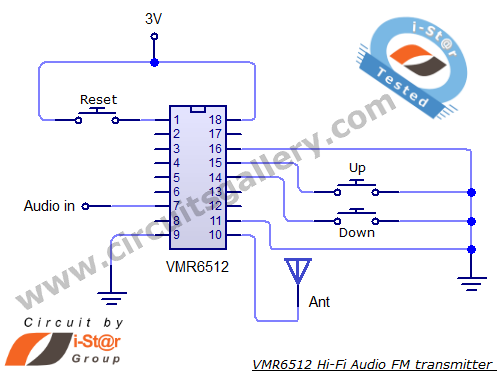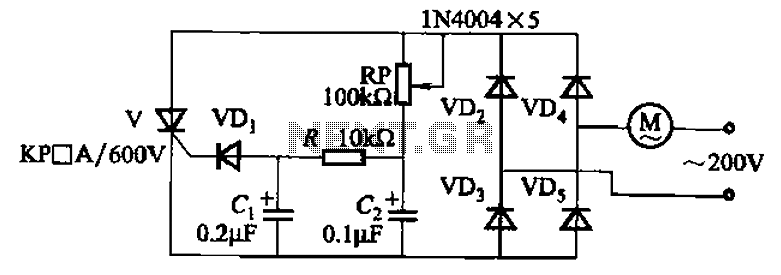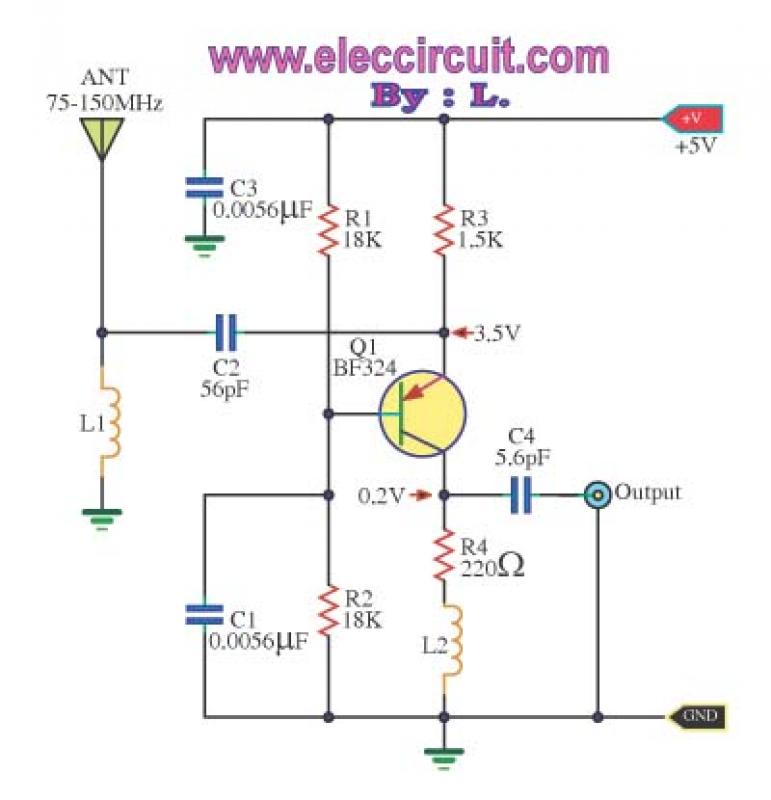
Dance hall circuit automatically fill light
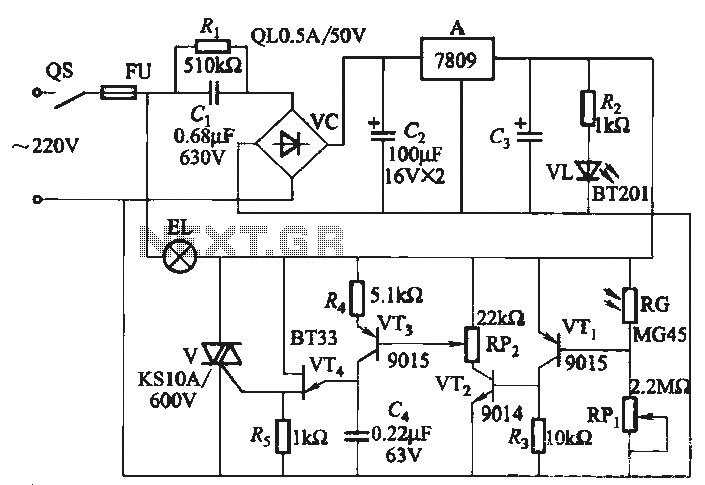
EL auxiliary lights. When the lights dim in the ballroom, EL automatic lights, and ballroom lights dim in a more serious manner. EL light becomes brighter, allowing the inner disco lighting to automatically maintain a certain brightness. A photoresistor RG serves as the detecting element, and the electronic control circuit regulates the conduction angle of the bidirectional thyristor to achieve automatic dimming of the EL lamp. The brightness of the EL light can be adjusted as needed using potentiometers RPi and RPz.
The EL auxiliary lighting system is designed to enhance the ambiance of a ballroom by automatically adjusting the brightness of the lights based on the surrounding light conditions. The system utilizes a photoresistor (RG) to detect the ambient light levels. As the ballroom lights dim, the photoresistor's resistance changes, sending a signal to the electronic control circuit.
The electronic control circuit is pivotal in managing the brightness of the EL lights. It employs a bidirectional thyristor, which allows for precise control over the conduction angle. By adjusting the conduction angle, the circuit modulates the power delivered to the EL lights, effectively dimming or brightening them in response to the detected light levels. This automatic dimming feature ensures that the lighting remains consistent and appropriate for the mood of the event, enhancing the overall experience for attendees.
For further customization, the brightness of the EL lights can be fine-tuned using potentiometers RPi and RPz. These components allow for manual adjustments, enabling users to set the desired brightness level according to specific requirements or preferences. This flexibility is particularly useful for different types of events or varying lighting conditions within the ballroom.
Overall, this automatic lighting control system provides an efficient and responsive solution for maintaining optimal lighting in a dynamic environment, ensuring that the EL auxiliary lights complement the overall atmosphere of the ballroom effectively.EL auxiliary lights. When the lights dim in the ballroom, EL automatic lights, and a ballroom lights dim in the more serious, EL light, the brighter, so that the inner disco lighting automatically to maintain a certain brightness. With photoresistor RG as a detecting element by the electronic control circuit controls the bidirectional thyristor conduction angle, to achieve automatic dimming lamp EL.
Light EL brightness settings, as needed and appropriate adjustment potentiometer RPi RPz can be achieved.
The EL auxiliary lighting system is designed to enhance the ambiance of a ballroom by automatically adjusting the brightness of the lights based on the surrounding light conditions. The system utilizes a photoresistor (RG) to detect the ambient light levels. As the ballroom lights dim, the photoresistor's resistance changes, sending a signal to the electronic control circuit.
The electronic control circuit is pivotal in managing the brightness of the EL lights. It employs a bidirectional thyristor, which allows for precise control over the conduction angle. By adjusting the conduction angle, the circuit modulates the power delivered to the EL lights, effectively dimming or brightening them in response to the detected light levels. This automatic dimming feature ensures that the lighting remains consistent and appropriate for the mood of the event, enhancing the overall experience for attendees.
For further customization, the brightness of the EL lights can be fine-tuned using potentiometers RPi and RPz. These components allow for manual adjustments, enabling users to set the desired brightness level according to specific requirements or preferences. This flexibility is particularly useful for different types of events or varying lighting conditions within the ballroom.
Overall, this automatic lighting control system provides an efficient and responsive solution for maintaining optimal lighting in a dynamic environment, ensuring that the EL auxiliary lights complement the overall atmosphere of the ballroom effectively.EL auxiliary lights. When the lights dim in the ballroom, EL automatic lights, and a ballroom lights dim in the more serious, EL light, the brighter, so that the inner disco lighting automatically to maintain a certain brightness. With photoresistor RG as a detecting element by the electronic control circuit controls the bidirectional thyristor conduction angle, to achieve automatic dimming lamp EL.
Light EL brightness settings, as needed and appropriate adjustment potentiometer RPi RPz can be achieved.
